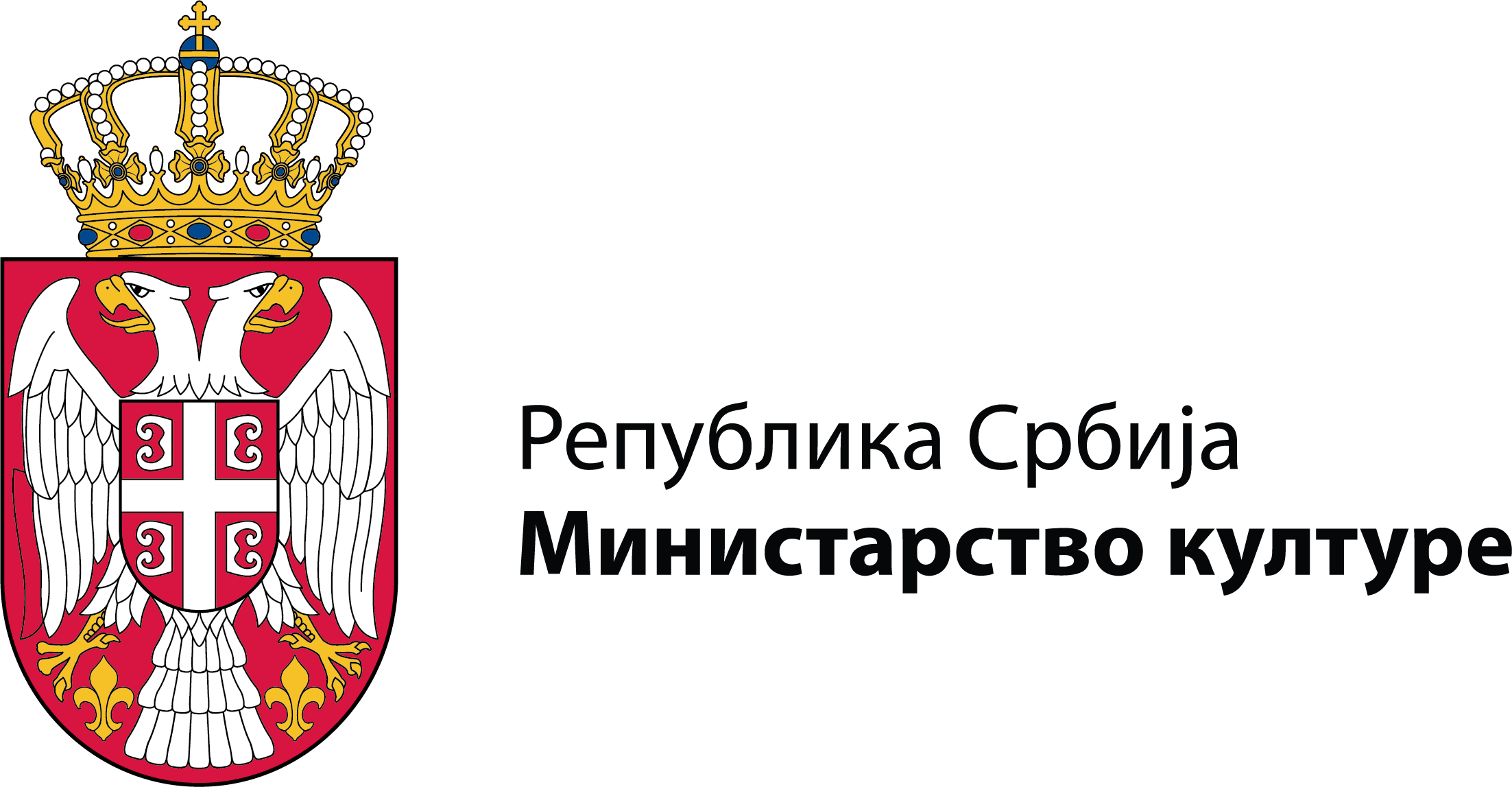The items that make up the collection testify to the transport of people and goods in different conditions, including mountainous regions, flatlands, as well as river and lake valleys.
They speak volumes about the many peculiarities and challenges of the natural environment that the communities faced, as well as finding solutions that allowed them to survive and progress. These are aids, tools and devices that were used for the transportation of people and goods, equipment for the use of riding and pack animals and various tractor-pulled vehicles.
The collection dates back to the period of Slavic immigration, as evidenced by the dugout boat - monoxylon - made from a single oak tree.
The collection of frames and sticks is particularly noteworthy. In addition to the basic purpose of transporting loads, frames were often used in ordinary cycles, and sticks were placed instead of gravestones.
The collection contains over 1,000 items.
The curator in charge of the collection is Dr. Marko Stojanović, museum advisor: marko.stojanovic@etnografskimuzej.rs
The collection dates back to the period of Slavic immigration, as evidenced by the dugout boat - monoxylon - made from a single oak tree.
The collection of frames and sticks is particularly noteworthy. In addition to the basic purpose of transporting loads, frames were often used in ordinary cycles, and sticks were placed instead of gravestones.
The collection contains over 1,000 items.
The curator in charge of the collection is Dr. Marko Stojanović, museum advisor: marko.stojanovic@etnografskimuzej.rs

